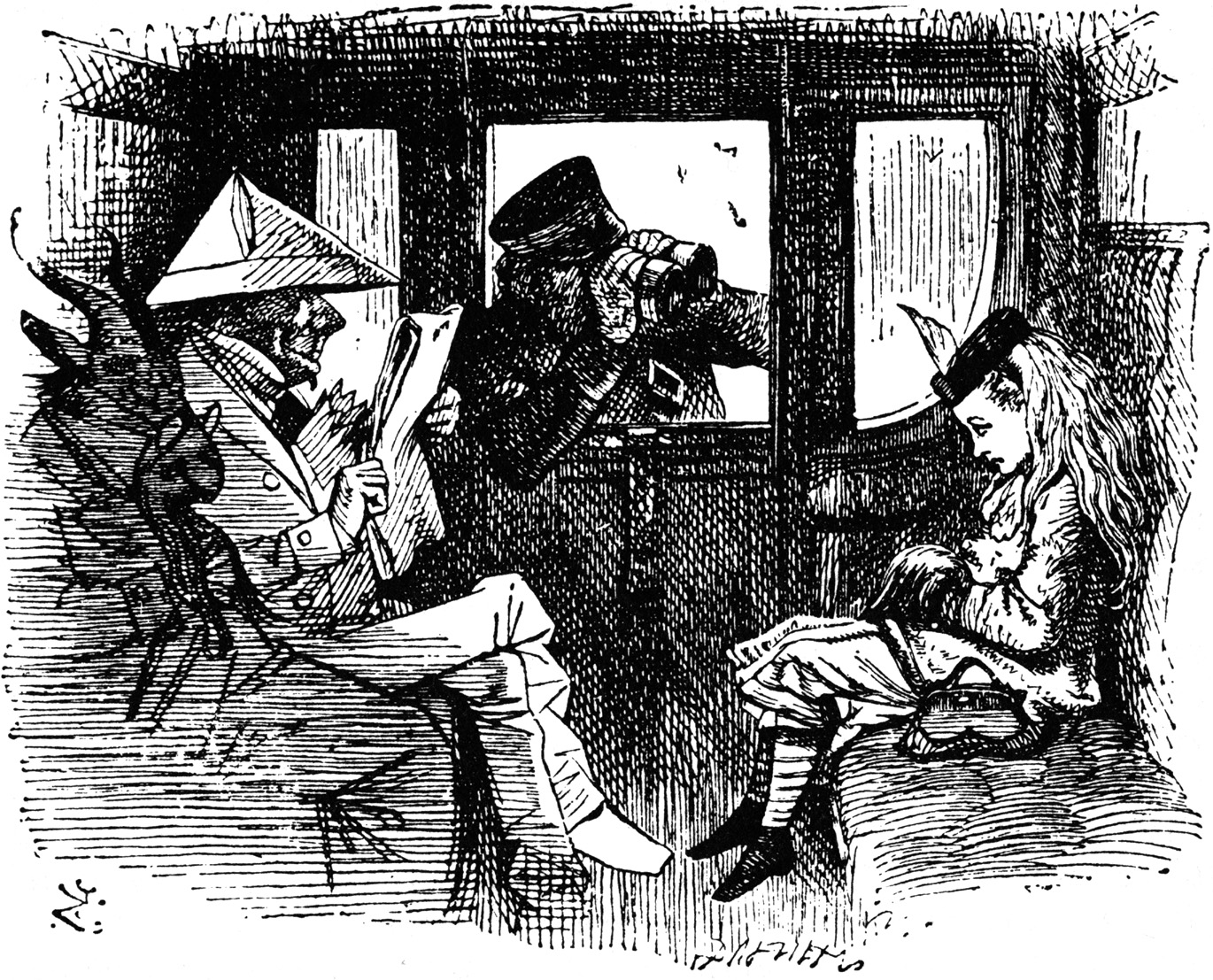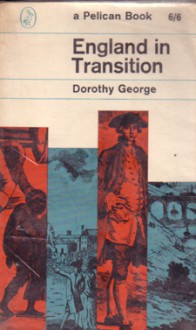
Hot on the tails of the rabid success of Alice in Wonderland comes the similar, but somewhat different, sequel. The absurdity of this volume is of the same scope as the original, but in many cases, being a sequel, it seems to lack some of the uniqueness of the original. One thing I noticed with regards to the original is that there simply did not seem to be any plot. Thus, the absurdity of the entire volume was complete. There was no reason for Alice to be there, and no goal that she had to reach, and the end simply comes all of a sudden.
However, come the sequel, we have a plot and a quest. Initially Alice simply wants to see what is on the other side of the looking glass, and sure enough, she enters a world that is similar, but different, to our own. In a way it is a world of opposites, so when she is thirsty she is given a biscuit (when what she really should have asked for is a biscuit, because more likely than not, she would have been given a drink).
The story is based around a game of chess, and there are numerous metaphors in relation to the chess board. For instance the journey across the third square (Alice is a pawn so she starts on the second square) is by train which represents the pawns ability to jump the third square. The queen moves at a rapid pace, which is representative of the queens ability to move as far as she likes, and the knight stumbles, representative if the rather odd way that the knight moves.
As for the quest, well, as soon as Alice meets the queen she decides that she wants to be a queen, so the queen tells Alice that she must move to the other side of the chess board, and in doing so, she will become a queen (which is a rule in the game of chess). Some have said that the story itself was written by Carol when he was teaching Alice Liddle how to play chess, though I must say that I did not learn all that much about the game of chess in this book.
It is interesting how some of the characters from this story make their way into the other story in the more main stream productions (though I am not talking about the Tim Burton movie here). For instance Tweedle Dee and Tweedle Dum seem to appear in the Alice in Wonderland story in the films when in fact they appear in this book. It is also noticeable (and something that I did not realise until I read this) was that the poem Jabberwock appears in this book. I always believed that Jabberwock was a poem that Carol had written separately from this book. By the way, this is what a Jabberwocky looks like:

I quite like the pictures that Carol put in the book, and some of them seem to be quite absurd in themselves. For instance there is a scene on the train when the ticket inspector comes along and asks Alice for her ticket (and I have found myself on the wrong side of a ticket inspector, as we probably all have, though I will also have an aversion towards the ones on the trains in Italy). However, it was quite bizarre how he seemed to always look at her through a pair binoculars, like this:

The ending was pretty cool as well, because the story ends with her shaking the red queen and suddenly waking up from her dream world and realising that she was doing this:

Oh, and look at who also makes an appearance in the story:

Not that Humpty actually first appears here. He was no an invention by Carol, but actually had been around in his own nursery rhyme a long time before hand (though according to Wikipedia the first appearance was in a book of nursery rhymes published in 1870, two years before Through the Looking Glass).


 Log in with Facebook
Log in with Facebook 















